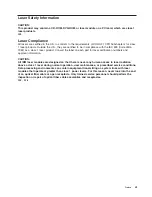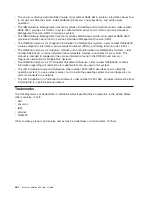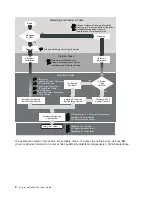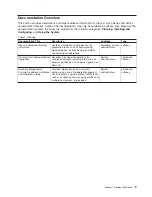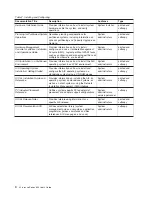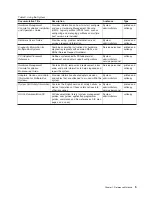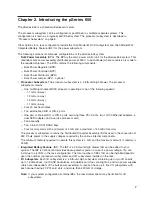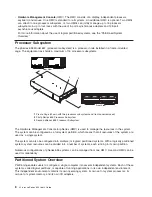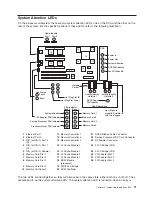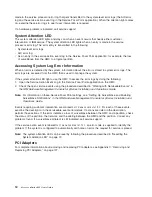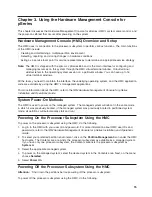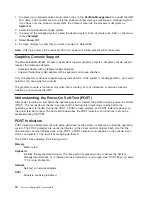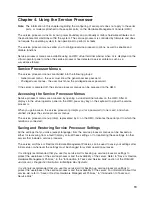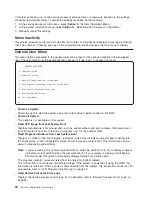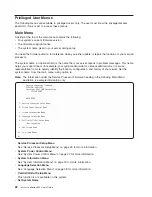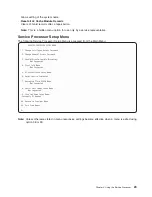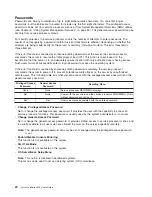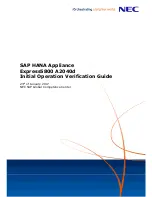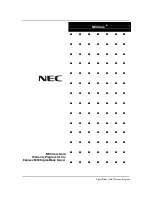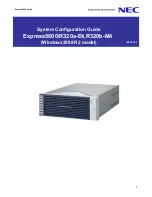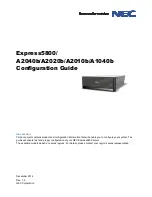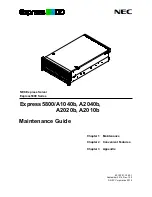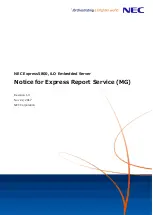
The
HMC
allows
you
to
perform
many
hardware
management
tasks
for
your
managed
system,
including
configuring
logical
partitions.
You
can
choose
to
operate
your
managed
system
as
a
single
server
(called
full
system
partition
),
or
you
can
choose
to
run
multiple
partitions.
Partition
Profiles
A
profile
defines
a
configuration
setup
for
a
managed
system
or
partition.
The
HMC
allows
you
to
create
multiple
profiles
for
each
managed
system
or
partition.
You
can
then
use
the
profiles
you
created
to
start
a
managed
system
or
partition
in
a
particular
configuration.
A
partition
does
not
actually
own
any
resources
until
it
is
activated;
resource
specifications
are
stored
within
partition
profiles.
The
same
partition
can
operate
using
different
resources
at
different
times,
depending
on
the
profile
you
activate.
When
you
activate
a
partition,
you
enable
the
system
to
create
a
partition
using
the
set
of
resources
in
a
profile
created
for
that
partition.
For
example,
a
logical
partition
profile
might
indicate
to
the
managed
system
that
its
partition
requires
three
processors,
2
gigabytes
of
memory,
and
I/O
slots
6,
11,
and
12
when
activated.
You
can
have
more
than
one
profile
for
a
partition.
However,
you
can
only
activate
a
partition
with
one
profile
at
a
time.
When
you
create
a
partition
profile,
the
HMC
shows
you
all
the
resources
available
on
your
system.
The
HMC
does
not,
however,
verify
if
another
partition
profile
is
currently
using
a
portion
of
these
resources.
For
example,
the
HMC
might
show
eight
processors
on
your
system,
but
does
not
notify
you
that
other
partitions
are
using
six
of
them.
You
can
create
two
partition
profiles,
each
using
a
majority
of
system
resources.
If
you
attempt
to
activate
both
of
these
partitions
at
the
same
time,
the
second
partition
in
the
activation
list
fails.
System
Profiles
Using
the
HMC,
you
can
create
and
activate
often-used
collections
of
predefined
partition
profiles.
A
collection
of
predefined
partition
profiles
is
called
a
system
profile
.
The
system
profile
is
an
ordered
list
of
partitions
and
the
profile
that
is
to
be
activated
for
each
partition.
The
first
profile
in
the
list
is
activated
first,
followed
by
the
second
profile
in
the
list,
followed
by
the
third,
and
so
on.
The
system
profile
helps
you
change
the
managed
systems
from
one
complete
set
of
partition
configurations
to
another.
For
example,
a
customer
may
want
to
switch
from
using
8
partitions
to
using
only
four,
every
day.
To
do
this,
the
system
administrator
deactivates
the
8
partitions
and
activates
a
different
system
profile,
one
specifying
four
partitions.
When
you
create
a
group
of
affinity
partitions,
the
HMC
automatically
creates
a
system
profile
that
includes
all
of
the
affinity
partitions
that
you
created.
Types
of
Partitions
The
HMC
allows
you
to
use
two
types
of
partitions:
logical
partitions
and
the
full
system
partition.
Logical
Partitions
Logical
partitions
are
user-defined
system
resource
divisions.
Users
determine
the
number
of
processors,
memory,
and
I/O
that
a
logical
partition
can
have
when
active.
Full
System
Partition
A
special
partition
called
the
full
system
partition
assigns
all
of
your
managed
system’s
resources
to
one
large
partition.
The
full
system
partition
is
similar
to
the
traditional,
non-partitioned
method
of
operating
a
system.
Because
all
resources
are
assigned
to
this
partition,
no
other
partitions
can
be
started
when
the
full
system
partition
is
running.
Likewise,
the
full
system
partition
cannot
be
started
while
other
partitions
are
running.
Chapter
2.
Introducing
the
pSeries
655
9
Summary of Contents for p 655 series
Page 1: ...pSeries 655 User s Guide SA38 0617 03 ERserver...
Page 2: ......
Page 3: ...pSeries 655 User s Guide SA38 0617 03 ERserver...
Page 10: ...viii Eserver pSeries 655 User s Guide...
Page 14: ...xii Eserver pSeries 655 User s Guide...
Page 16: ...xiv Eserver pSeries 655 User s Guide...
Page 24: ...6 Eserver pSeries 655 User s Guide...
Page 32: ...14 Eserver pSeries 655 User s Guide...
Page 36: ...18 Eserver pSeries 655 User s Guide...
Page 90: ...72 Eserver pSeries 655 User s Guide...
Page 144: ...126 Eserver pSeries 655 User s Guide...
Page 208: ...190 Eserver pSeries 655 User s Guide...
Page 214: ...196 Eserver pSeries 655 User s Guide...
Page 217: ......

